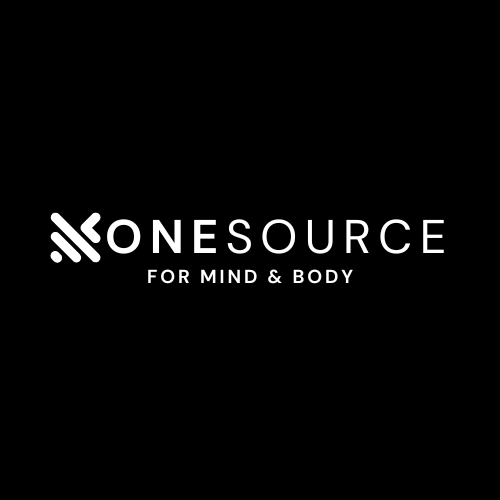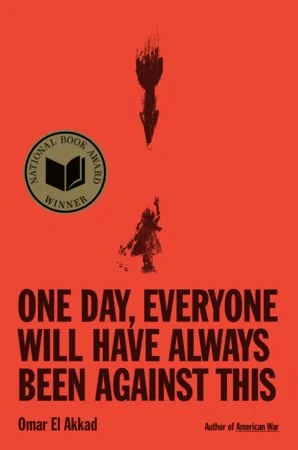A collection of my favorite content
Recommended books, articles, podcasts, videos, movies, recipes, and more, can all be found here (updated regularly): OneSource Content List
Content is being created at breakneck pace, making it impossible to keep up with what’s new and, more importantly, what’s useful. The best way to stay on top of it and not waste time spent on bad content is through word of mouth recommendations. The OneSource Content List is my virtual word of mouth where you’ll find my favorite media and sources. Sort, filter, and search by topic, date published, media type, author/creator, to find the content relevant to you. Also feel free to reach out for specific recommendations.














